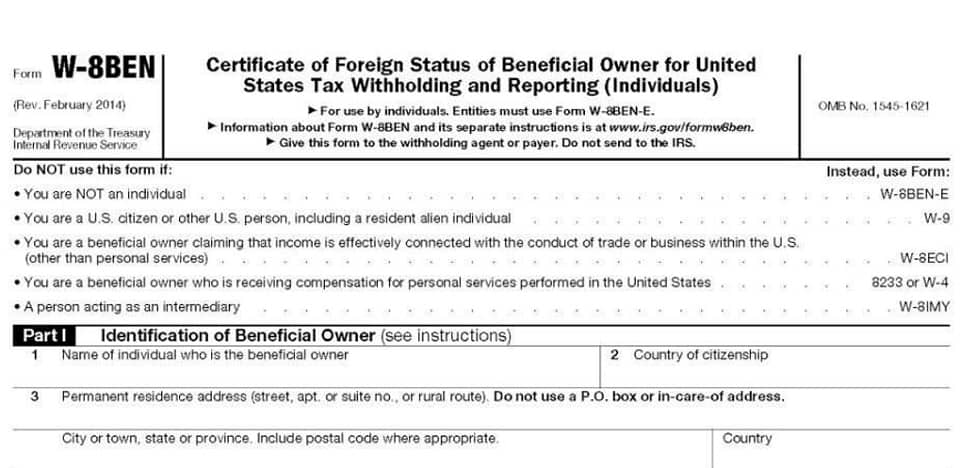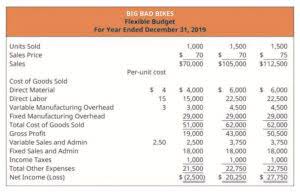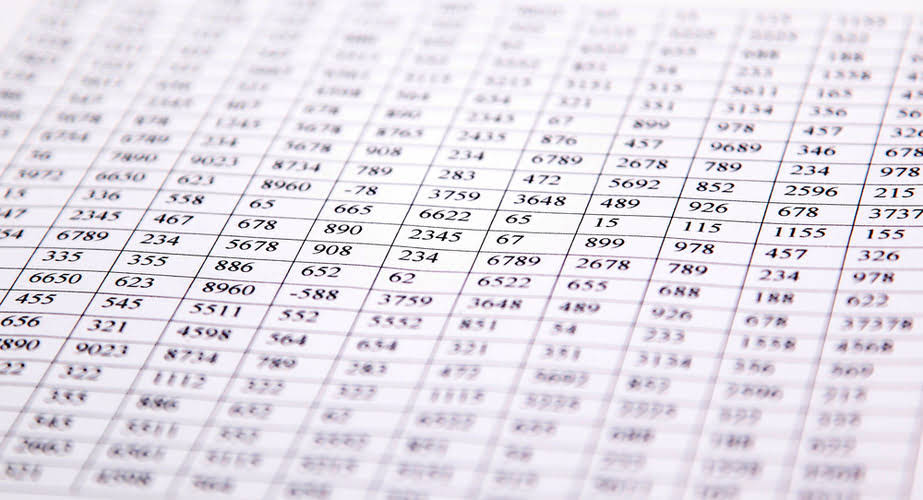No products in the cart.
What is decision making? Leave a comment
Content
This product team uses the DACI Decision Making Framework Play and Confluence to decide how to finalize requirements. A sunscreen brand’s marketing team uses Trello to gather information and lay out options before an initial DACI Decision Making Framework Play meeting. Deciding whether you should order tacos or sandwiches for your team offsite doesn’t warrant this much discussion and elbow grease.
There are many sources and resources to learn frameworks and models for decision-making. You can read books, articles, blogs, or podcasts that introduce or explain different frameworks and models. You can watch videos, webinars, or courses that demonstrate or teach how to use frameworks and models. You can join communities, forums, or groups that share or discuss frameworks and models. You can also practice and experiment with frameworks and models in your own decisions, or ask for feedback or advice from others who use them. This is it — it’s the big moment when you and the team actually make the decision.
A framework for sustainable strategic planning of water demand and supply in arid regions
Many decision-making frameworks aim to help leaders use objective information to mitigate bias, operate under time pressure, or leverage data. But these frameworks tend to fall short when it comes to decisions based on subjective information sources that suggest conflicting courses of action. As a typical example of water resources management, rational allocation of water resources plays an important role in regulating water resources conflicts.
- Like virtue ethics, feminist ethics concerned with the totality of human life and how this life comes to influence the way we make ethical decisions.
- Each federal agency appears to have a single mandate or a single area of expertise making it difficult to tackle issues such as managing the ecosystem.
- And product management—as the hub where many parts of the company intersect—makes many big decisions.
- Maybe it was this morning, when you decided to hit the snooze button—again.
- We summarized the decision criteria in the selected frameworks and reviews in a qualitative manner.
- When was the last time you were faced with a decision between right and wrong and thought, “If only I had a decision-making framework I could use?
Based on this evaluation, necessary changes to the Team, Goals, Outcomes and Measures, Management Plans, Design, Implementation, or Maintenance are made. This can be achieved through formal institutionalization, less-formal but long-lasting network building, new decision routines, and mandates, along with committed funding and personnel. Stable decision support systems are able to obtain greater visibility, stature, longevity, and effectiveness. Decision support systems require networks and institutions that link information producers and users. The cultures and incentives of science and practice are different, for good reason, and those differences need to be respected if a productive and durable relationship is to be built.
Evidence-to-decision criteria across frameworks
Putting clear principles and best practices in place will ensure everyone is on the same page, and it makes it easy to get new hires up to speed. Simple decisions can be made faster so that not everything needs to be run by the manager. Develop a code of guiding principles and best practices specific to your team. We all fall prey, no matter how we try to guard ourselves against it. And cognitive and organizational bias undermines good decision making, whether you’re choosing what to have for lunch or whether to put in a bid to acquire another company.
- Among the most important contributions of this approach is its foregrounding of the principle of care as a legitimately primary ethical concern, often in opposition to the seemingly cold and impersonal justice approach.
- Below are a few indicators to get to your favorite decision-making framework.
- Developed at Square, the SPADE framework is also predicated on breaking down each step of the decision-making process, so it is clear to everyone what’s happening, who’s doing what, and why a decision was reached.
- Deciding whether you should order tacos or sandwiches for your team offsite doesn’t warrant this much discussion and elbow grease.
- When they do, it is imperative to recognize that one is experiencing an ethical dilemma.
The fifth—disorder—applies when it is unclear which of the other four contexts is predominant. Many executives are surprised when previously successful leadership approaches fail in new situations, but different contexts call for different kinds of responses. Before addressing a situation, leaders need to recognize which context governs it—and tailor their actions accordingly. The more you explore your own decision-making framework in the abstract, the better equipped you will be to make tough calls when the job requires it. Each of these decisions will help you further sharpen your understanding of your underlying morals, the role that you are fulfilling, and the ethical context in which you are operating — just in time to make your next difficult choice. Learning to recognize and balance these dynamic priorities is key to leading with integrity.
Review your decision
Instead, they provide a common setting for decisions to be made and a process that should create speed and consistency while still covering all the bases. With this more nuanced input, the person or group can tally up the responses and make the final decision, weighting each opinion appropriately. This process https://www.bookstime.com/articles/straight-line-depreciation moves beyond an up/downvote and lets you sense what kind of ongoing support a choice will really have if it’s selected. Making a decision is a process, and process mapping is always useful for ensuring all relevant information and people are considered while creating a consistent, repeatable model.
Frameworks and models are tools that help you organize and analyze information, identify patterns and relationships, and generate insights and solutions. They can be visual, such as diagrams, charts, or graphs, or verbal, such as acronyms, metaphors, or principles. They can be general, such as the SWOT analysis, the SMART criteria, or the Eisenhower matrix, or specific, such as the Porter’s five forces, the balanced scorecard, or the lean canvas.
What are three keys to faster, better decisions?
This even-handedness encourages treating everyone with equal dignity and respect. Ethics provides a set of standards for behavior that helps us decide how we ought to act in a range of situations. In a sense, we can say that ethics is all about making choices, and about providing reasons why we should make these choices.
In this post, we’ll outline why decision making frameworks are useful, share decision making models, and provide best practices for making decisions as a team. Some baseline analysis is typically required at this point to generally describe the magnitude of adverse impacts if the issue is not successfully addressed, and the magnitude of the benefits to be gained when it is. An initial estimate of the extent frameworks for decision making of the effort that might be reasonably expected to address the problem is also useful when framing it. These initial estimates will be refined as the decision process proceeds; thus, the process is iterative. Some of these individuals often function as champions whose actions can engage relevant parties in the next step, as well as get buy-in from key agency administrators (“champion the cause”).
Values permeate everything we do and sometimes these values come into conflict. When they do, it is imperative to recognize that one is experiencing an ethical dilemma. In this chapter, the principles that form the basis for the decision framework the committee recommends are first articulated, followed by the framework itself. Recommendations concerning its implementation and use are also presented. Score these items based on strength to determine what options are available and the cost-benefit of each.
It was difficult to discern the expertise of contributors to framework development; most groups appeared to consist mainly of academic, generalist guideline methodologists with either clinical or public health experience. Social scientists led work on WHO-INTEGRATE [38] and contributed to the GRADE public health framework [6]. For the key organizations, the primary decision criteria for each EtD framework were extracted from the main published reports, and specifically from the identified template or list of criteria.
Risk Assessment
Issues requiring a coordinated response are those of national significance due to their broad geographic extent, potential to impact long-term health and economic well-being, or crosscutting impact. Next, the issue must be framed so that the problem to be solved is clearly understood. This is analogous to problem formulation in human or ecological risk assessment. Effectively framing the problem requires a coordinated effort by an appropriate combination of federal, state, local, tribal, nongovernmental, and/or private-sector entities.
- I like defining each of those values either through consensus or as an average of involved people’s votes.
- The findings indicate that the proposed model is capable of producing a reasonable ranking scheme.
- Complexity is more a way of thinking about the world than a new way of working with mathematical models.
- With LogRocket, you can understand the scope of the issues affecting your product and prioritize the changes that need to be made.




